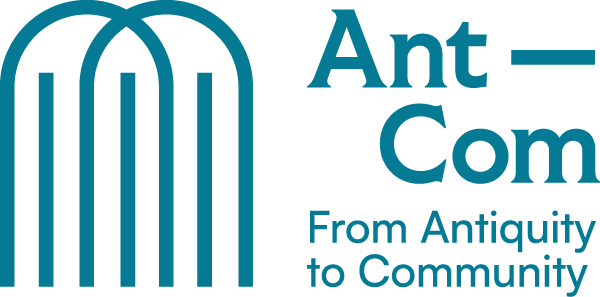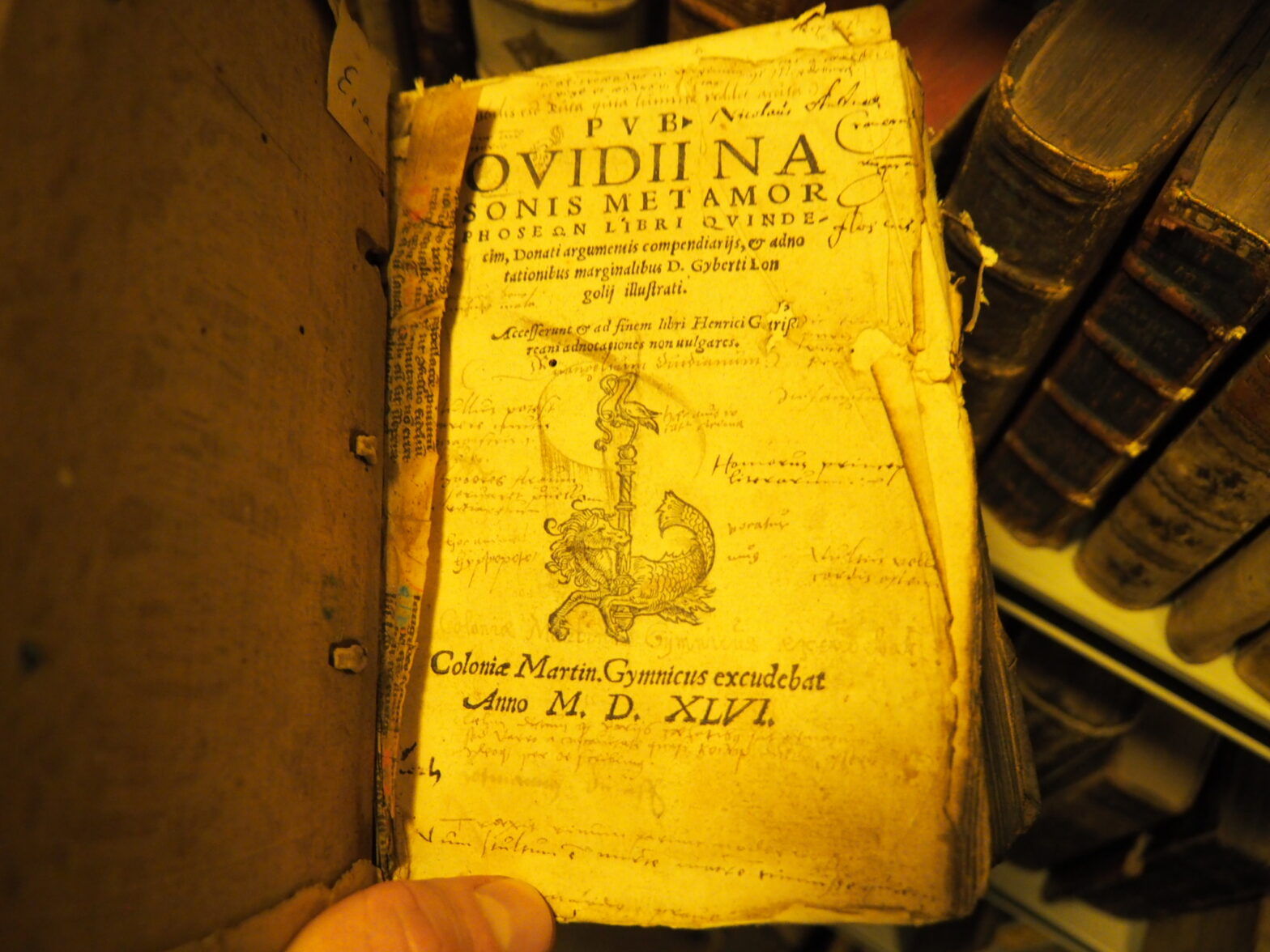One might imagine a medievalist’s work as fairly lonesome, spending long hours hidden away in a library reading room, poring over dusty old books and papers. And that is certainly part of the job. But what if those dusty old books have connections to places and institutions that are still alive and running?
My project deals with medieval book fragments in the old library of Herlufsholm school, founded in the second half of the 16th century. Though most of the historical holdings were transferred to SDU’s library in the sixties, shortly after the university was founded, the institution still exists as a boarding school to this day. Before I could really get going with my research, I needed to get a feel for Herlufsholm – the place, its people, and its history, as collections are shaped as much by their users and physical surroundings as by the authors and texts they contain. And so, we decided to arrange a field trip across the bridge to visit Herlufsholm and nearby Sorø Akademi, another elite school with its roots in the Middle Ages.
We – that is, most of the SDU-based AntCom members – set off from Odense early in the morning on November 9th, 2023. On the outskirts of Næstved, a medieval market town, lie the sprawling green grounds of Herlufsholm. The school itself consists of a tapestry of red brick buildings, some built on the 12th century foundations of the Benedictine monastery that preceded the school, some finished only a few years ago. Deputy head teacher Martin Arvedlund and school librarian Kasper Støvring kindly showed us around, stopping by the school’s church and even letting us peek at the impressive cabinet of curiosities in the school’s own museum.
But we were really there to see what’s locked away in the vault: the fifty or so oldest books of Herlufsholm’s old library, which the school kept after selling the rest of the collection to the newly founded University of Southern Denmark in the 1960s. The books remaining in Herlufsholm were the personal collection of the school’s founders, Herluf Trolle and Birgitte Gøye. Many of them are bound in beautiful contemporary bindings and bear dedications of the friends or family members who gifted them to the couple. Herlufsholm also owns some of the oldest charters written in the Danish language.
In the afternoon, we headed over to Sorø Akademi, about a 30-minute drive away. Here, we got straight to the point. Librarian Ann Furholt Pedersen welcomed us and showed us around the library building. We had hoped to find medieval fragments hidden in Sorø’s old books, and indeed we found plenty! Other gems of the collection include a fine copy of the editio princeps of Saxo’s Gesta Danorum (printed in Paris in 1514), and Pastor Bastholm’s encyclopaedic volumes, full of 19th century hand-written commentary on anything and everything. Herlufsholm and Sorø definitely present book historical desiderata, in terms of fragments and beyond. Our visit also served as a useful reminder that these collections are part of living organisms that we need to take into account when studying them, particularly with regard to AntCom’s community-oriented framework. There was far too little time to catch more than a glimpse, but we left Sjælland full of new impressions, vowing to return to study the collections in more detail and depth.

